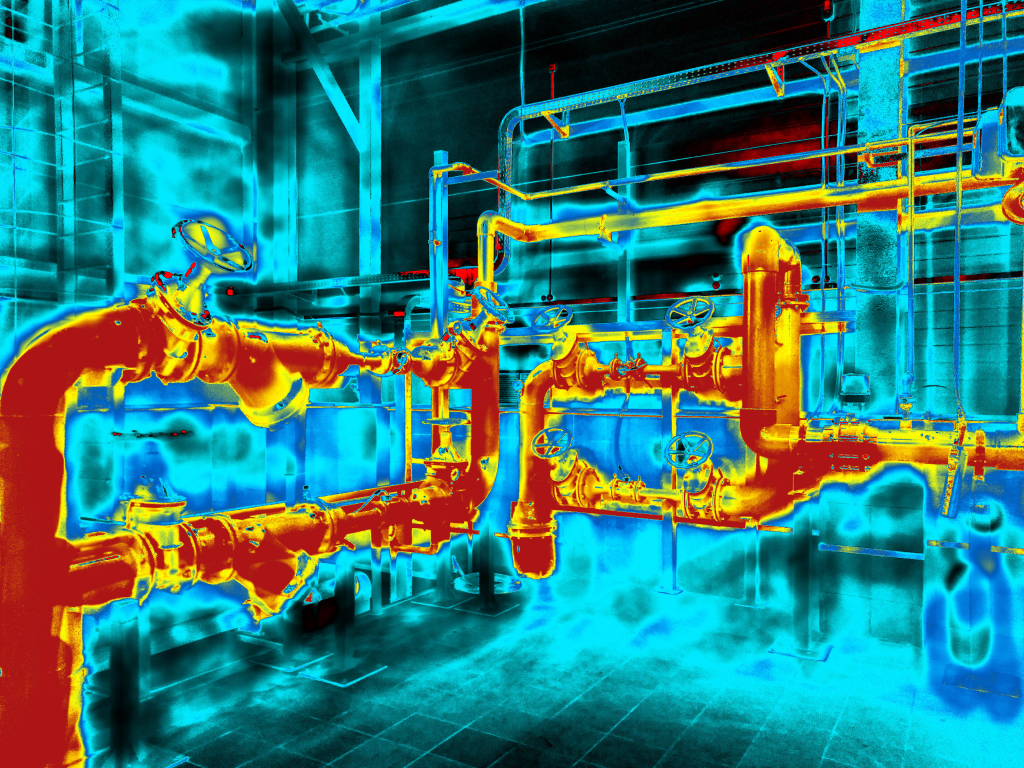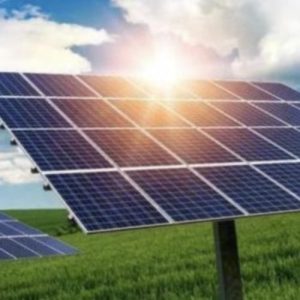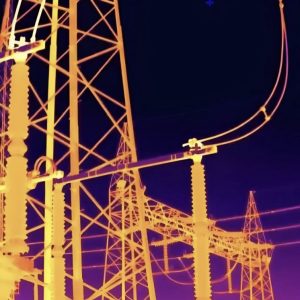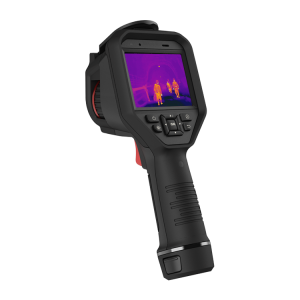

In the hydropower industry, the application of infrared thermal imaging technology is proving to be invaluable for enhancing equipment monitoring and preventive maintenance. This technology helps ensure the stability and efficiency of power generation systems by providing real-time insights into equipment conditions.
Integrating ir camera price considerations into hydropower operations significantly elevates monitoring capabilities and proactive maintenance strategies. By delivering real-time insights into equipment health, this technology ensures efficient and safe power generation while aligning with the sustainability objectives of the renewable energy sector. As the global demand for clean energy grows, advanced monitoring technologies—with careful attention to ir camera price—will play a pivotal role in optimizing hydropower operations and safeguarding long-term energy security.

infrared thermal imaging technology Real-time monitoring and fault location efficiency Safety assurance

HJKIR Infrared power plant products solutions offers PSGMT490 dual-spectrum head infrared camera with 255 preset bits. Widely used in substation, power distribution room, factory inspection and other scenarios. Offers self-test function, manual control of multi-level speed adjustable functions.

Optimize the thermal efficiency of the sintering process, reduce energy consumption, adjust the amount and distribution of solid fuel according to the temperature distribution of the material layer, avoid heat waste caused by excessive fuel or incomplete sintering caused by insufficient fuel, and reduce fuel consumption per ton of o...